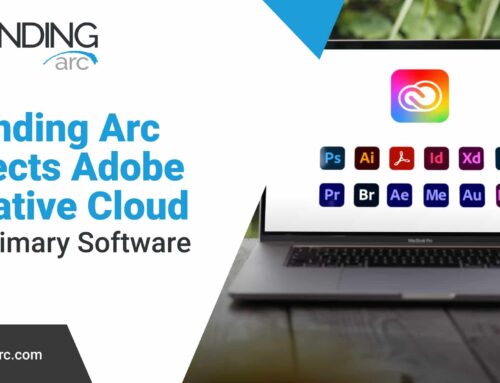Stock Images, The Necessary Evil

Almost every new project we discuss with someone comes with the same general instruction – “don’t use any stock images.” In a perfect world I would completely agree that each website should have original photography to make it exciting and special, but in most cases this just doesn’t fit into the project’s budget. Depending on your specific project and goals, stock images just might be a necessary evil in the marketing world.
What is a Stock Image?
A stock image is an image file that is offered for sale by a photographer to multiple buyers giving each buyer the license to use the image. Two or more buyers may purchase the image to be used on websites, billboards, banners and other marketing materials. Stock images are usually sold through brokers who sell large volumes of images to marketing, advertising and graphics companies.
What is the Alternative to Stock Images?
The alternative to using stock images is to actually take original pictures which depending on the subject and it’s location can be a very expensive undertaking. Stock images sell for different prices depending on their source – ranging from $5 to $50, which may be far less expensive than flying to Colorado to take a few pictures of people skiing or buying specialized underwater equipment for a few surfer pictures.
“Google Images has Everything for Free”
This is one statement that drives me crazy! Google is not a stock image provider and although Google Images can show you all kinds of images there are a few problems with using them on your website and marketing materials. The biggest problem being you do not own any material provided through Google Images and it may be subject to someone else’s copyright. Google Images is not a good solution for your website images!
But It’s Not Pictures of My Work
Well, you got me here… It’s hard to argue the point that when you use stock images, the buildings, people, and other pictures are not actually of you. Unfortunately, unless you own a DLSR camera, or want to hire a photographer, your options are limited. Sometimes budgetary constraints reign supreme and small businesses must use their “marketing license” to create the impression they want. I usually suggest using images of buildings and people similar to yours to create a realistic appeal within your project. There is nothing wrong with using sharper images on your marketing.
Even if you have the newest Android or iPhone, the pictures from your phone are often not sharp enough to be used on websites in high resolution. With today’s improved “retina displays” the bar for website photography has been raised. Smartphone or point-and-shoot camera pictures can often be used on your website, just not as main display images.
If you can’t get past having images that are not your own, as a last resort you may want to consider labeling each image as a stock image to set your mind at ease. It will detract from the quality of your marketing, but everyone needs to feel comfortable with how they market their business.
Taking Things One Step Further
When thinking about stock images you can never forget that a good designer can modify the stock images to make them unique to an individual project. As an example we created a website for our friends at PB Boys Club Surf Shop, which is a decades old landmark in Palm Beach, FL. We decided to give the site a vintage beach feel so we modified the selected stock images with filters to give them a vintage effect.
Mixing Stock and Original Images
Whenever possible we suggest using a mixture of stock images and original images to tie together the visual aspects of your marketing. Mixing your images in among the stock photos will keep the professional appearance and resolution of the stock images while showing your actual place of business, people and products in smaller, lower resolution places on the page. The larger the image appears on your marketing, the higher the resolution will need to be. Consider using stock images for your main page-wide images and original photos to illustrate the information detailed in your page content. You can see a great example of mixed images on the Cummings Home Improvements website on the Kitchen & Bath page.










